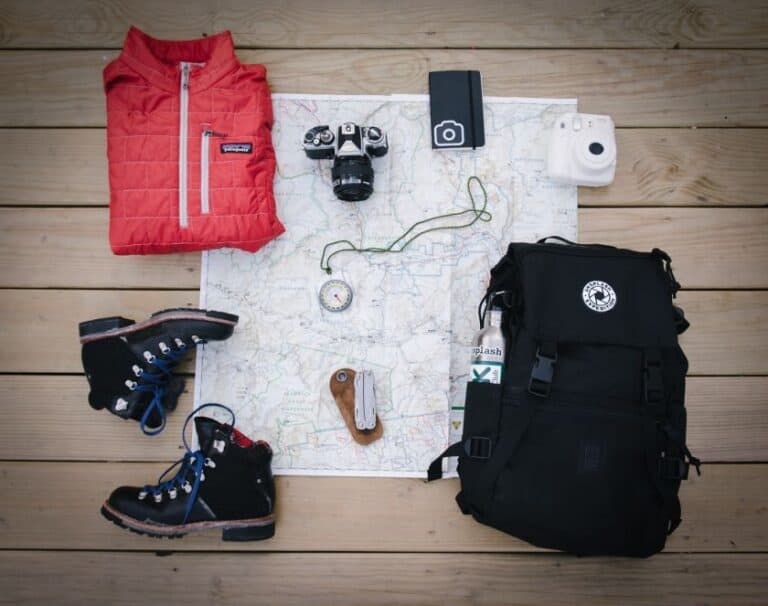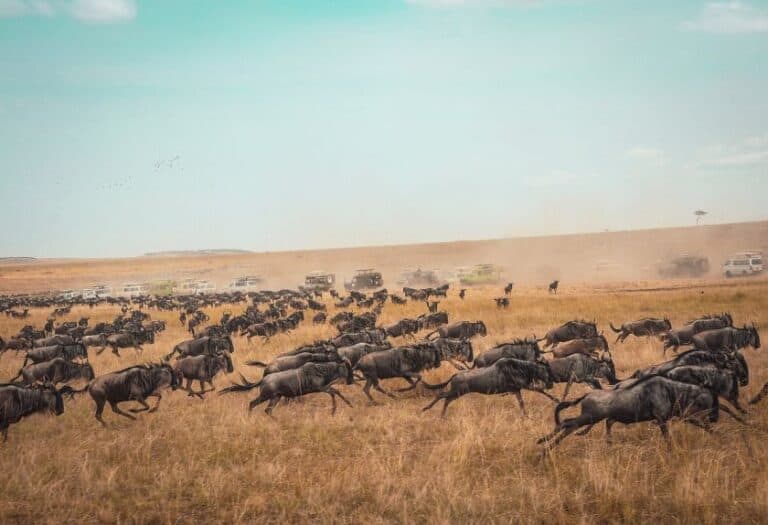What to Wear on Safari in Kenya
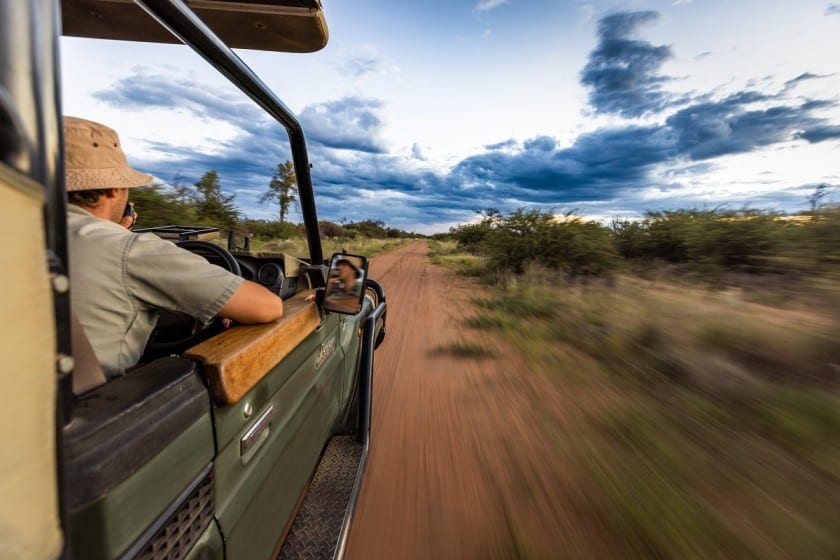
Planning a safari in Kenya? This list will help you with what to wear on safari in Kenya.
The first thing you have to consider before anything else is the weather in Kenya on the month you plan to visit. There are four seasons in a year with different weather conditions. What you would wear on a safari in January is very different from what you wear in June.
Here is a quick glimpse at what Kenyan weather looks like in a year.
- January – March: This is the driest and hottest season of the year with a clear sky. From January to mid-March expect high temperatures. Towards the end of March, temperatures are dropping, and the onset of the rainy season.
- April – June: In April and May, the long rains are at their peak. Expect heavy rains, cold days, cloudy skies, and a few sunny days. In mid-June, the rain isn’t as heavy and the cold season is now starting.
- July – September: This is the coldest season of the year. Some days will have you questioning how you’ve survived winters in the Midwest 🙂 especially if you’ve been in Kenya for a couple of months. But don’t worry most of the days are bearable with a few sunny days to cheer you up.
- October – December: In this season the weather is unpredictable and a bit moody, Expect short rains, sunny days, and cold days. Every new day brings something new.
With this in mind, you are ready to start packing your safari outfits. Now let’s dive into the list of what to wear on safari in Kenya.
Safari Outfits
When going out on a safari drive wear the proper outfits and the right colors. This doesn’t necessarily mean you must wear clothes exclusively made for safaris. If you are on a tight budget regular clothes are just fine, but make sure they are fit for the outdoors.
Safari outfits do have benefits such as comfort, the material is breathable, the right colors and your pictures will stand out.
Long sleeve shirt
Wear a long-sleeved shirt or top to protect you from sunburn, and insect bites. During night safaris and on cold days, it will keep you warm.
When shopping, look for one with UPF 50+ and quick dry fabric. If you don’t like shirts you can always go for long-sleeved tops instead.
T-shirt
During warm seasons, wearing a T-shirt underneath your safari shirt is a good way to stay warm without having to put on a jacket or a sweater.
You may also wear a simple T-shirt like this one when it’s hot season. Remember to put on sunscreen on the exposed parts of your hands. Only go for quality breathable materials such as cotton, avoid fabrics that don’t absorb sweat.
Windproof Jacket
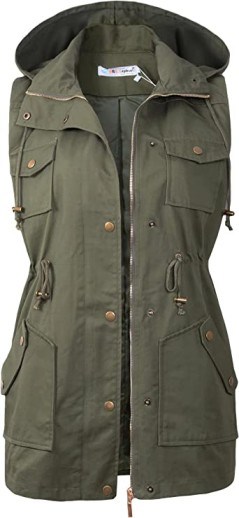
Safaris on open jeeps will always be windy. Since you are driving in open savannah grasslands, there are winds blowing fast. Wearing a windproof jacket helps protect your chest area and prevents catching a cold.
On hot days you can wear a windbreaker like the one shown above, or a full-size windproof jacket. During cold and rainy seasons, wear something that will keep you warm and block the wind.
Safari Shorts or Pants
Wear comfortable shorts or pants depending on the weather and your preferred style. For evening safaris and during cold months pants are most preferred. Avoid tight jeans that can make you uncomfortable during the safari.
On very hot days these linen pants will do just fine. They are lightweight, breathable, super comfortable, and ideal for all sorts of travel.
When in doubt about what to get, buy zip-off convertible pants. This way you have shorts and pants for the price of one. Always buy those with a quick dry fabric.
Sunhats
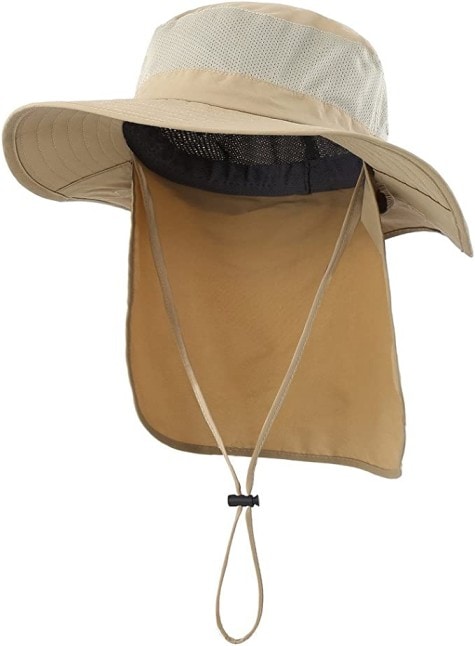
If there’s one thing you shouldn’t forget on your safari is a sunhat. Protect your face and back of the neck from harsh UV rays with an appropriately sized hat.
The best thing about sunhats is that they are mostly unisex reducing the hassle when shopping for one. If you like to maintain a feminine chic look, sunhats for women are also available.
Comfortable shoes
My best advice is to wear comfortable closed shoes. Avoid open shoes, high heels, and anything you wouldn’t wear when engaging in outdoor activities. Safaris don’t involve a lot of walking since most time is spent inside the vehicle but avoid uncomfortable shoes.
During the rainy season, if your safari vehicle gets stuck in the mud and you have to get out, you don’t want to be caught wearing the wrong shoes.
If you can, wear safari boots, hiking or trekking shoes, or sneakers with good grip.
Sunscreen & Sunglasses
Don’t forget your sunglasses to protect your eyes from the sun and prevent squinting. Wear sunscreen on all exposed body parts such as hands, legs, neck, and face. Make sure to carry some for reapplication during the safari.
Carry a small backpack
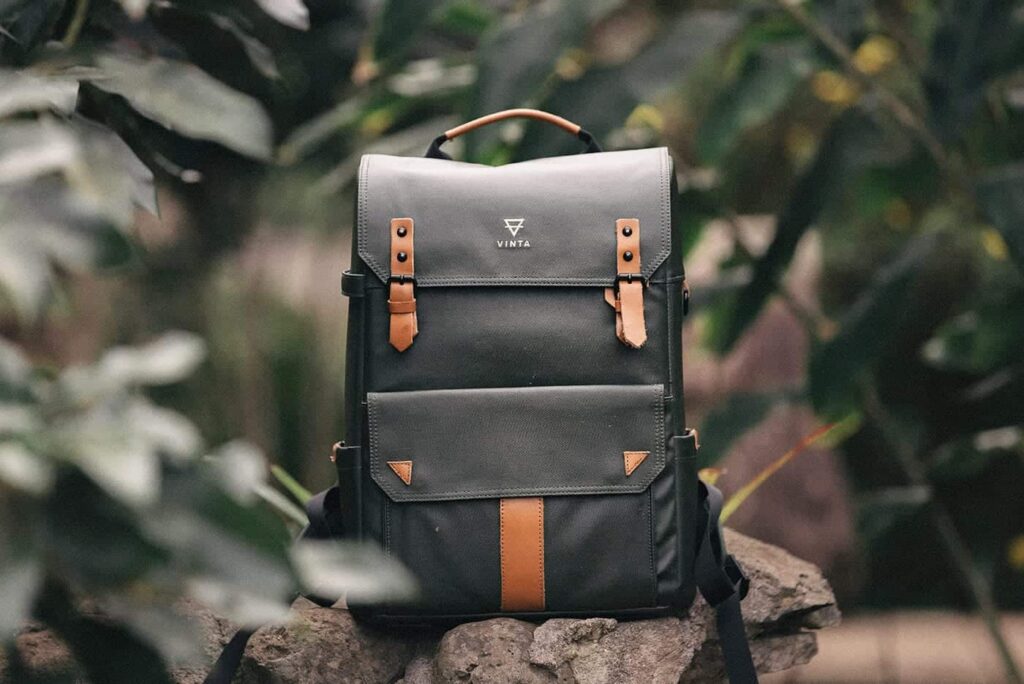
You will need a small backpack or crossbody purse for snacks, water, and other personal items. When traveling with a tour company, snacks and water are provided but I always like to have some more.
You can also use a small bag to carry your camera and other electronics. Bring only what you need, and avoid adding extra weight carrying gear you won’t use.
When sleeping in a Safari camp/Lodge
If you are staying at a safari camp for a couple of nights, here is what you’ll need to wear during the night and other days when not on safari.
Warm socks
Safari camps can get really cold at night. Carry a couple of warm socks to keep your feet warm.
Normally the camps provide hot water bottles to keep you warm in bed. These are usually placed inside the bed so look for one in there. If you can’t find any, you can always ask the staff. Luxurious camps and lodges have room heating,
Keep in mind that budget camping tents don’t come with this luxury. Be prepared with warm socks.
Warm Pajamas
Don’t forget your warm pajamas. Wear fabrics such as cotton that will warm you up while sleeping. If you tend to uncover yourself at night consider wearing a sweater.
Beanie
On very cold nights a beanie will save the day and protect your ears from freezing. A warm beanie is useful when chilling by the bonfire and for early morning safaris.
Scarf or Shawl
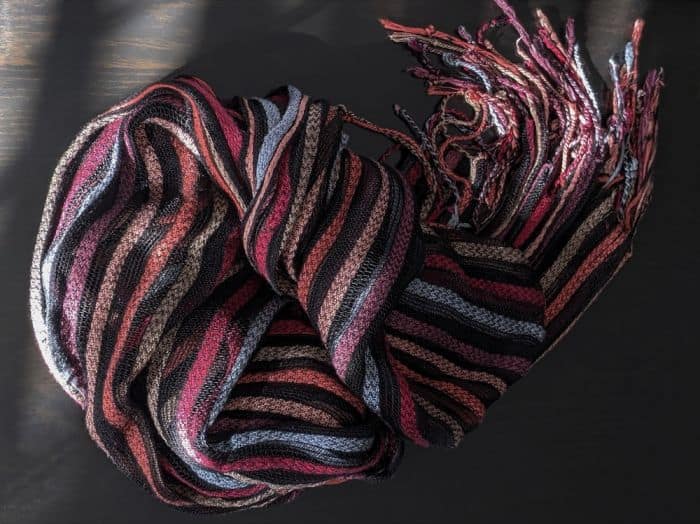
Carry a large warm scarf for cold nights and early morning or evening safaris. I love this Wander Agio Women’s scarf as it can double as a scarf and a shawl.
Warm Pants
After a day’s safari change into warm pants or jeans. This is to keep you warm as you walk to the restaurant for dinner and protect you from mosquitos.
Swimwear
If staying in a luxurious safari lodge, don’t forget to pack swimsuits. They have pools where you can jump into and relax after a long safari adventure.
regular clothes and shoes
Don’t just pack safari outfits, include some regular clothes to relax in when not on Safari. You can wear sandals, or high heels if dressing up for a romantic dinner date.
Undergarments
Most importantly, don’t forget to pack enough underwear and other undergarments.




